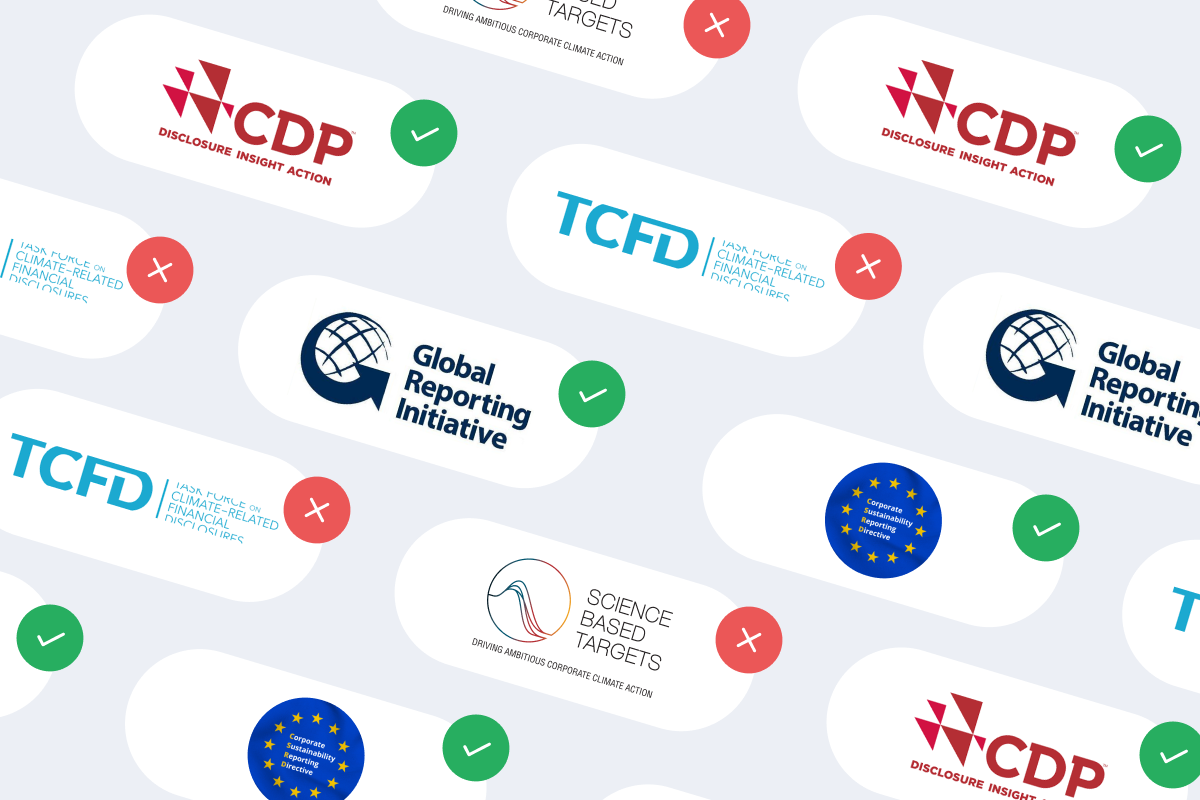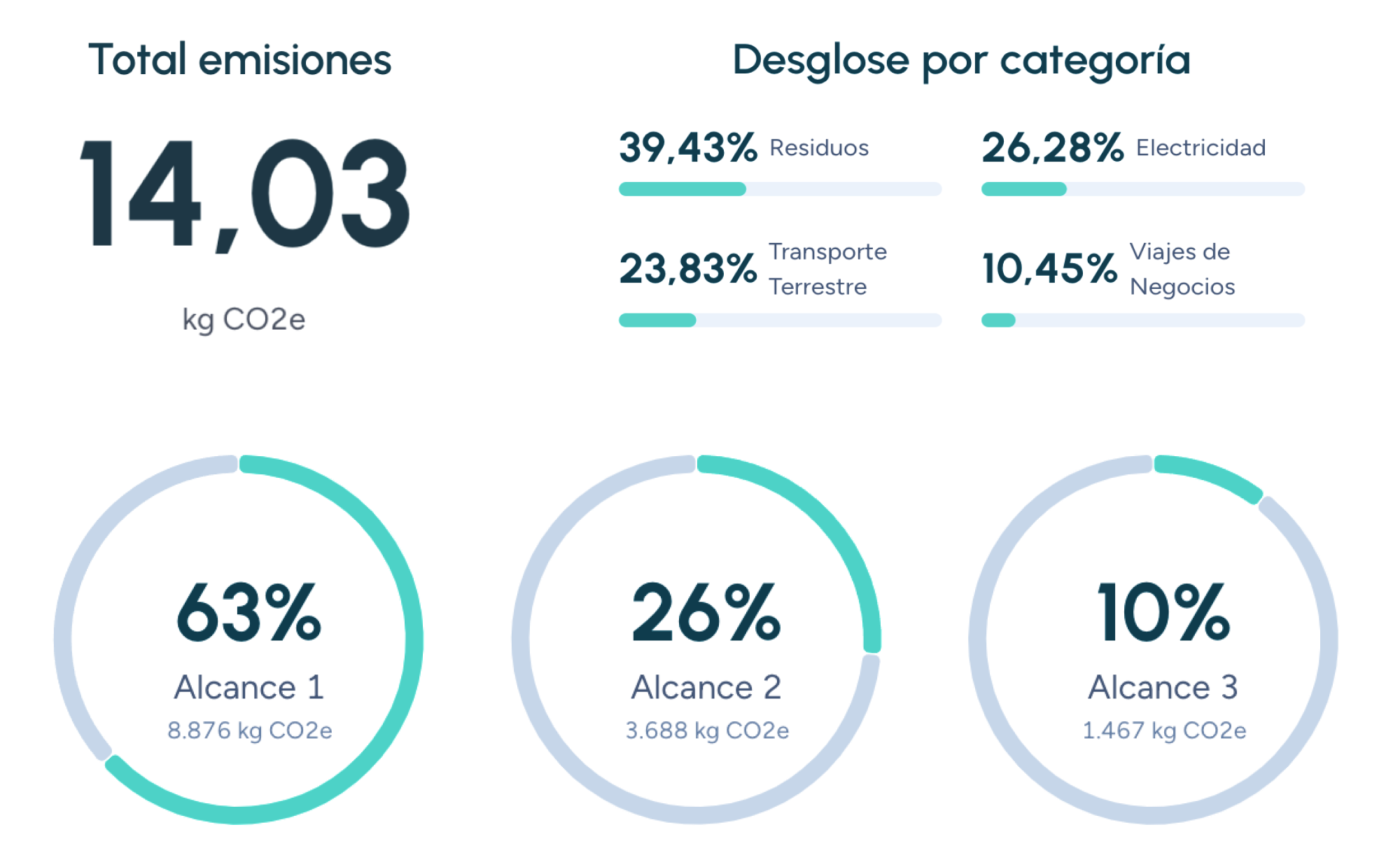C
Climate risk disclosure
Climate risk disclosure refers to the process by which companies publicly report the risks and opportunities that climate change poses to their operations, value chain, and long-term business model. This information may include:
- Physical risks: Direct impacts of climate change, such as extreme weather events (floods, droughts, wildfires) or gradual changes (rising sea levels, increasing temperatures).
- Transition risks: Challenges and opportunities associated with the shift to a low-carbon economy, including changes in climate policies, technological innovations, shifting consumer preferences, and carbon markets.
- Liability risks: Potential legal and financial liabilities resulting from the company’s contribution to climate change or its failure to adapt to its impacts.
Regulatory framework and climate risk disclosure standards
Several international organizations have developed frameworks and standards to guide companies in climate risk disclosure, including:
- Task Force on Climate-related Financial Disclosures (TCFD): Provides recommendations for disclosing climate-related information on governance, strategy, risk management, and metrics and targets.
- Global Reporting Initiative (GRI): Offers a comprehensive framework for sustainability reporting, including climate-related disclosures.
- Sustainability Accounting Standards Board (SASB): Develops industry-specific standards to help companies disclose financially material sustainability information, including climate risk.
Benefits of climate risk disclosure
Climate risk disclosure offers numerous benefits for both companies and stakeholders:
- Better decision-making: Evaluating and communicating climate risks and opportunities helps companies make informed decisions on investment, mitigation, adaptation, and risk management.
- Access to capital: Investors are increasingly interested in understanding companies’ exposure to climate risk. Transparent disclosure can improve access to financing and reduce the cost of capital.
- Enhanced reputation: Climate risk disclosure demonstrates a company’s commitment to sustainability and corporate responsibility, helping build trust and strengthen brand reputation.
- Regulatory compliance: As governments implement stricter climate risk disclosure rules, companies with strong reporting practices will be better positioned to meet legal requirements.
The link between climate risk disclosure and the carbon footprint
Carbon footprint measurement and management are essential components of climate risk disclosure. A company’s carbon footprint provides a quantitative measure of its GHG emissions, enabling it to:
- Identify and quantify emission sources: Carbon footprint analysis helps companies locate major GHG emission sources within their operations and supply chains.
- Set emission reduction targets: Understanding the carbon footprint allows companies to set SMART (specific, measurable, achievable, relevant, and time-bound) emissions reduction targets.
- Evaluate transition risks: Carbon data can be used to assess exposure to transition risks such as carbon pricing and new climate policies.
- Communicate climate performance: Carbon footprint data can be integrated into sustainability reports and used to share climate progress with stakeholders.
By embracing robust climate risk disclosure and integrating carbon footprint data, companies not only enhance their sustainability performance but also strengthen stakeholder trust and long-term resilience in an evolving climate landscape.
Companies that trust us

Corporate Social Responsibility (CSR)
Corporate Social Responsibility (CSR) integrates companies’ ethical commitment with their social and environmental impact, highlighting its importance in sustainability and carbon footprint measurement.
CBAM: EU Carbon Border Adjustment Mechanism
Analyse how the EU taxes imports according to their carbon footprint, the sectors affected, and the steps companies must take to prepare for 2026.
COP (Conference of the Parties)
The COP (Conference of the Parties) is the supreme decision-making body established under the United Nations Framework Convention on Climate Change (UNFCCC).
Guiding businesses towards net-zero emissions through AI-driven solutions.
© 2025 Manglai. All rights reserved
Política de Privacidad


